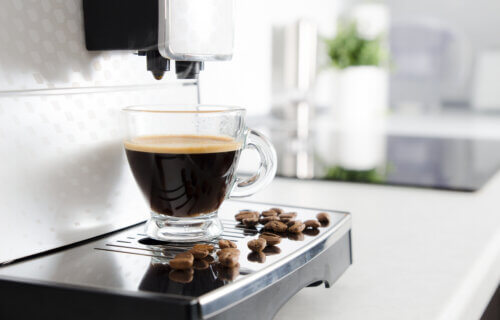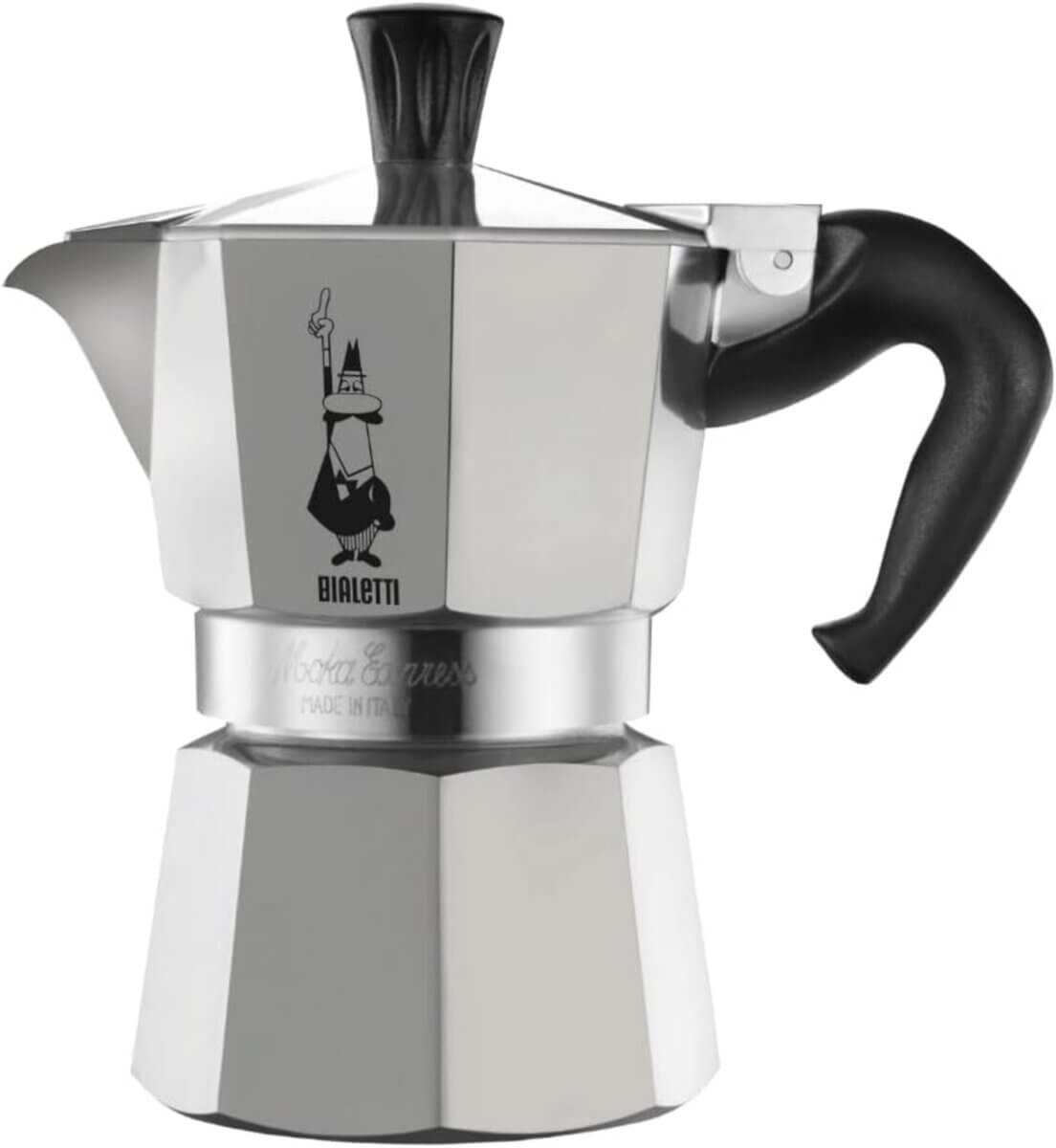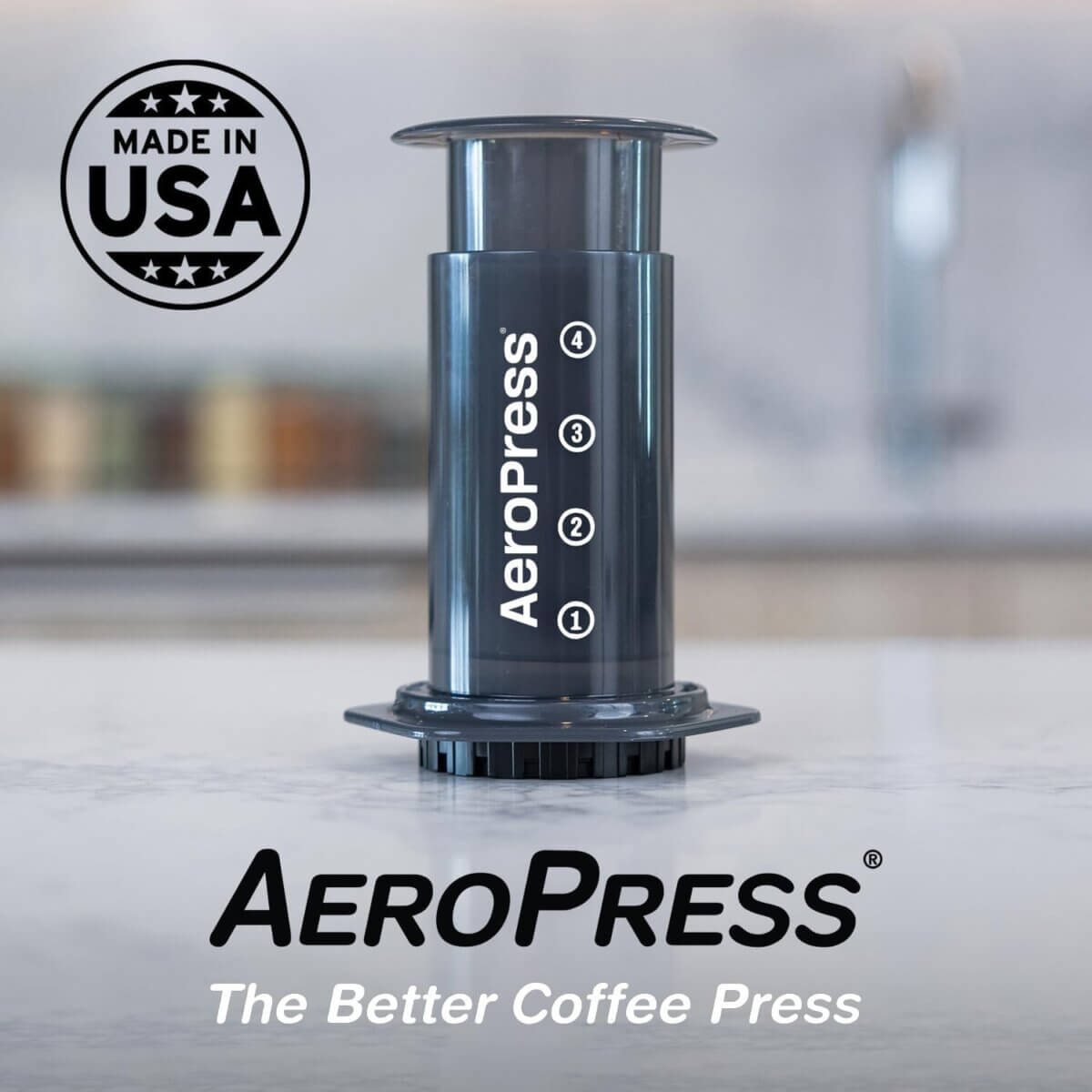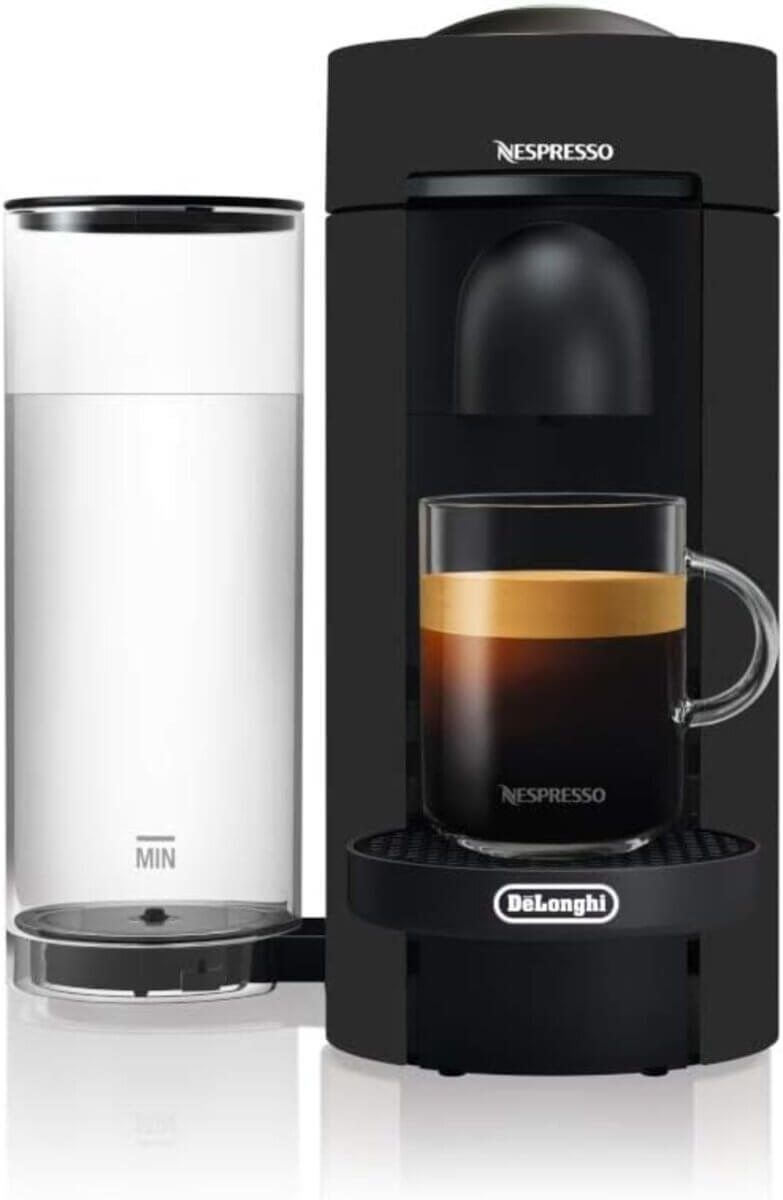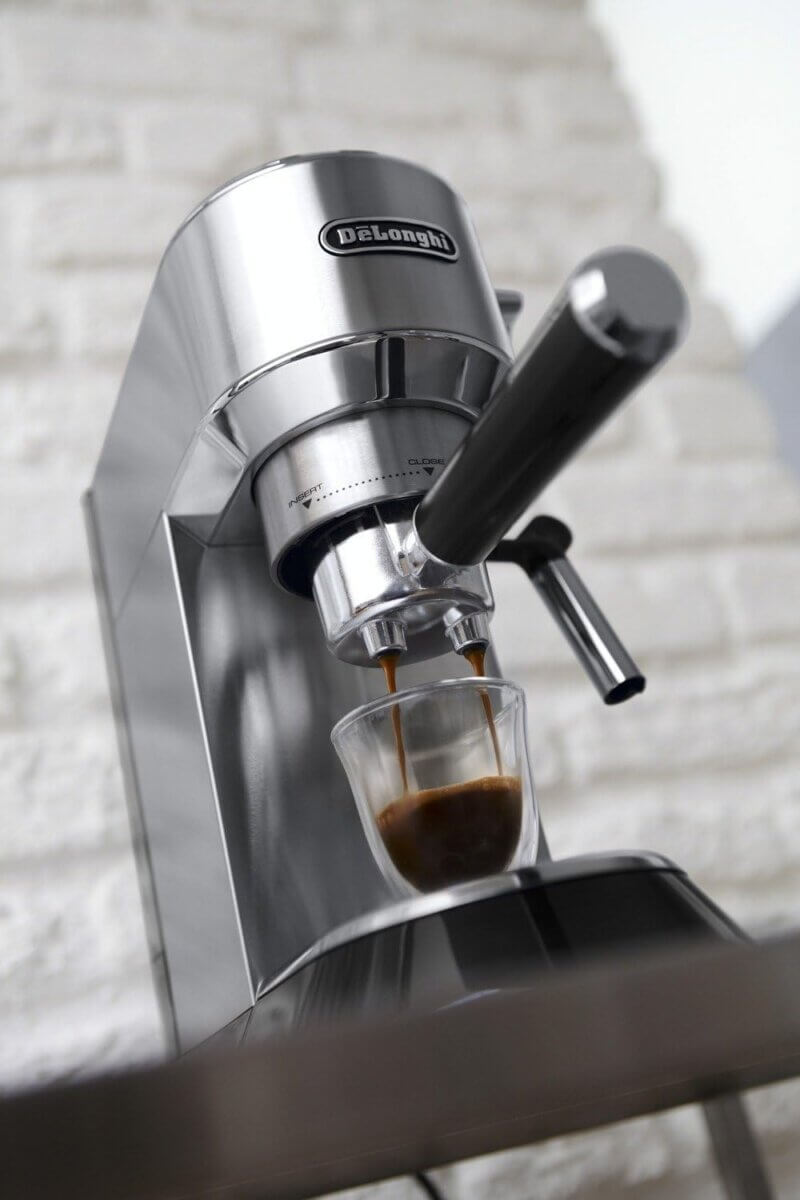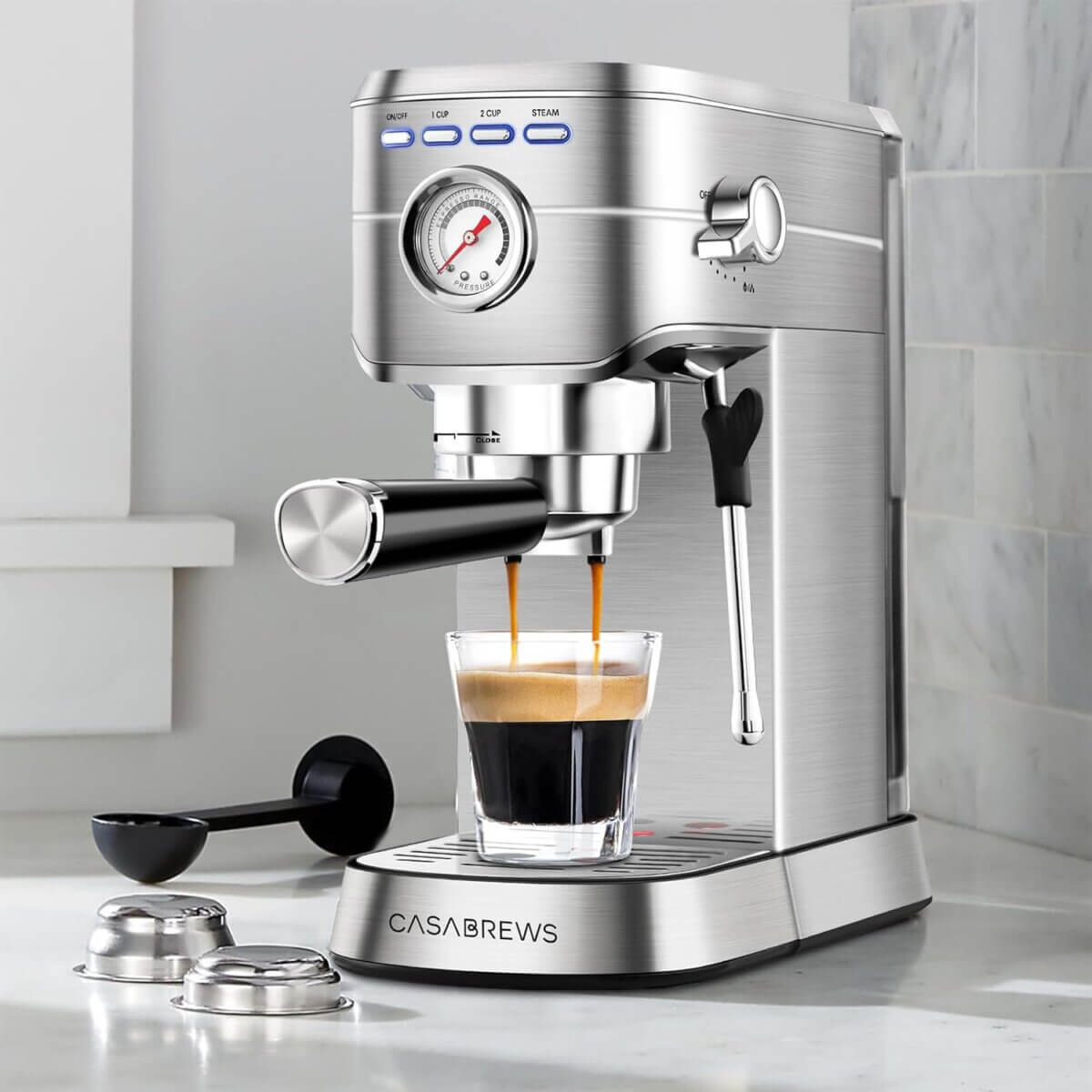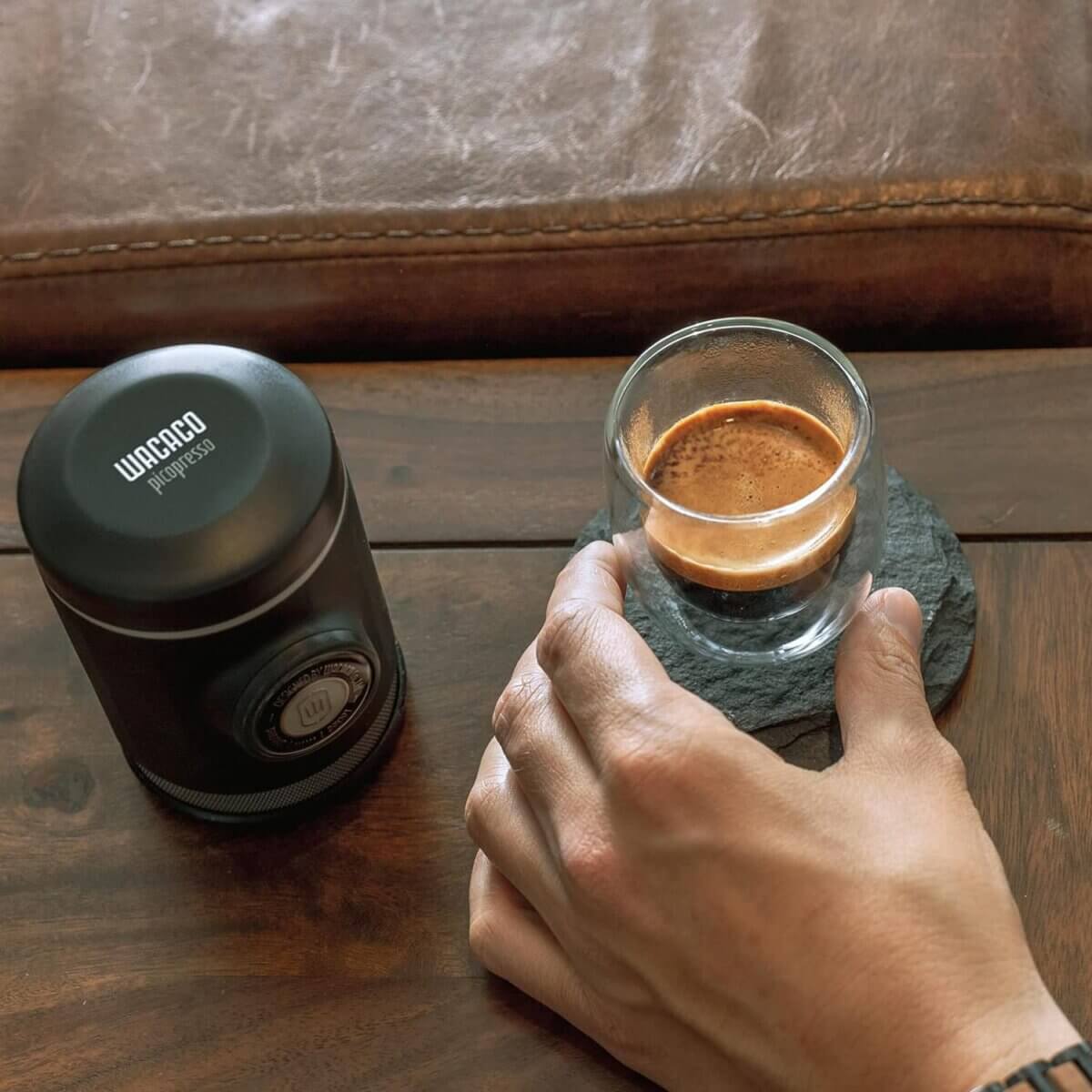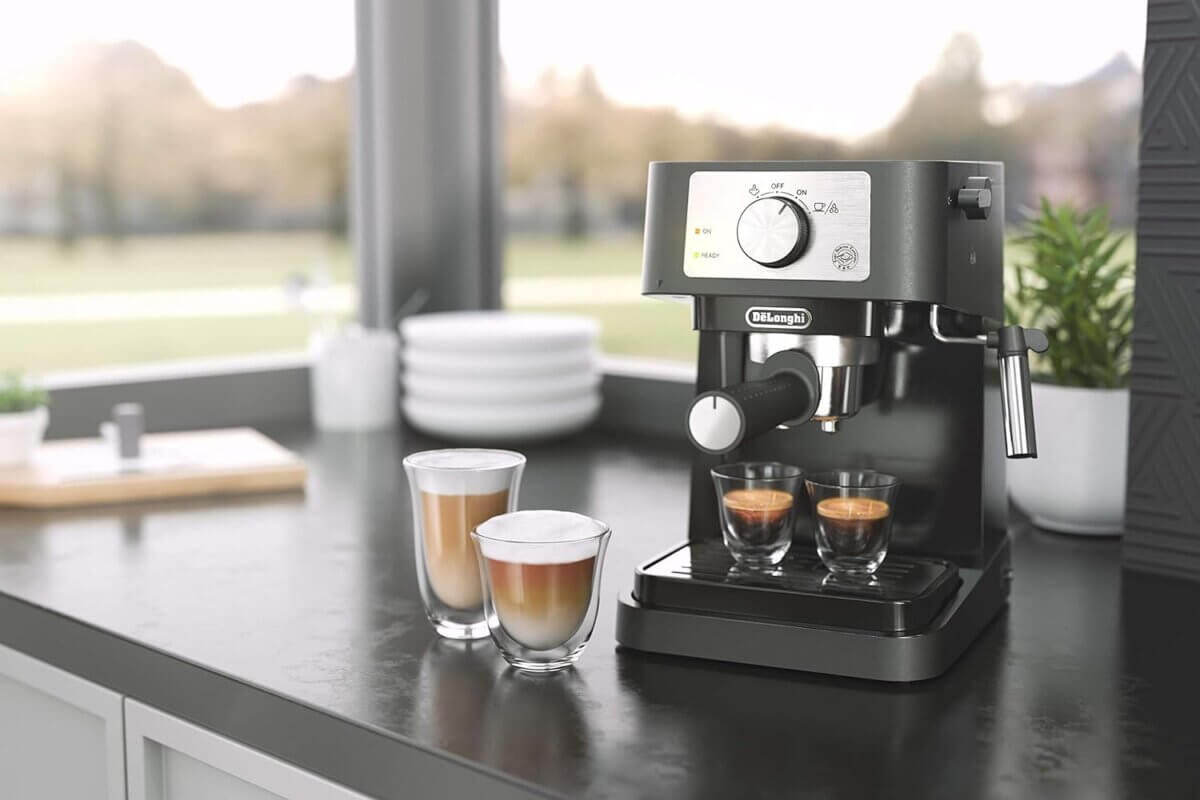At-home coffee consumption is at 82%, according to a report by the National Coffee Association. And while the most popular preparation method is drip coffee (40%), espresso machines are preferred by 11% of those who make coffee. Among espresso-based beverages, lattes are most popular (18%), followed by espresso drinks (16%) and cappuccinos (15%). If you tend to stop by a coffee house to get your favorite espresso beverage, you may be thinking about the money you could save by switching to making these coffee drinks at home. But can you still buy one of the best espresso machines on the market on a budget of $200?
Colby Cox, production roaster at Atlas Coffee Club, and a former coffee and espresso machine technician, tells me that regarding espresso machines, “What you pay for is what you’re going to get.” Admittedly, that doesn’t sound very promising for budget-strapped consumers. “Many commercially available espresso machines with hefty price tags boast a lot of automation, precision, and/or robust manufacturing in order to last a long time and sling a lot of coffee quickly, and even in that realm, the more automated the machine gets, the pricier it is.”
The more work the machine has to do on your behalf, Cox says the more it’s going to cost you to purchase it.
However, if you commit to learning the basic fundamentals of brewing (which Cox says are not hard) the better you’ll be at making coffee. “And if you’re better at making coffee/espresso, you won’t need as much help from a machine or a device that requires financing to acquire,” he explains.
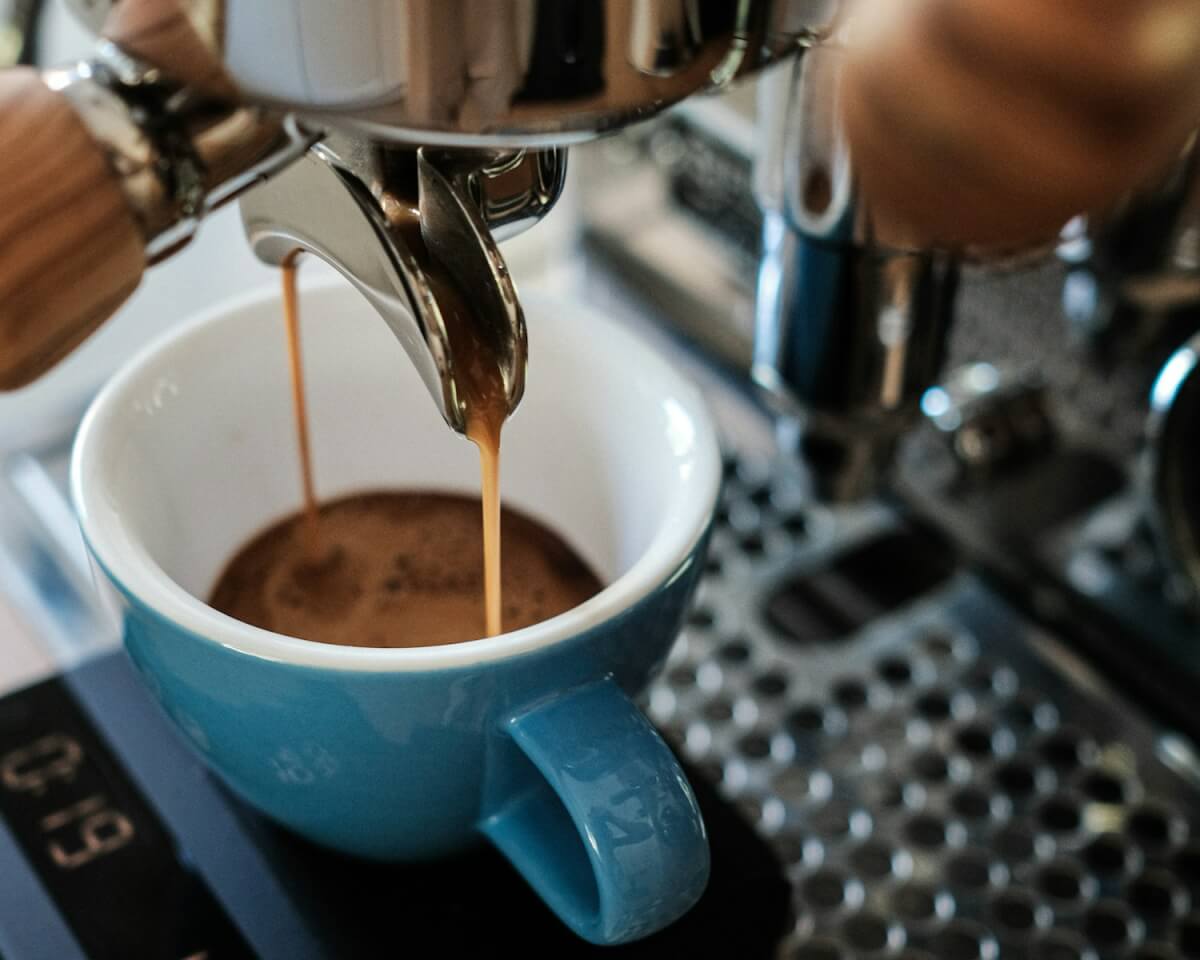
What is Espresso?
So, what’s the difference between coffee and espresso – and if you can get a cheap coffee maker for around $30, why can’t you just run down to a big box store and get an espresso machine for the same price?
“Espresso is just a concentrated coffee extracted under pressure,” Cox explains. “And ‘concentrated’ in this context means well, more concentrated than the brew ratio you would normally use.” Most Americans enjoy their coffee at around a 1:16 ratio of coffee to water (Earnest Lockhart, 1957) so in order to achieve a concentration, we obviously need to bring that ratio down, he says.
“Extracted under pressure” is a key ingredient and Cox notes this is what separates expresso from the rest of the brew methods. “Your connoisseur buddy calls this ‘turbulence,’ referring to how the water acts upon the bed of coffee, and commercial espresso machines use a pump to force water through a compressed bed of coffee,” he adds.
If you understand these two concepts, Cox believes you’re ready to get a budget-friendly brewer to make espresso. Here are some top recommendations to consider.
The List: 7 Highly-Reated Espresso Machines Under $200 in 2024
Bialetti – Moka Express Espresso Maker
Cox’s first choice for an espresso maker is a Moka Pot. “I know – it’s not the sleek countertop robot with lines and curves evocative of Art Deco cues, but that’s okay.” In fact, he says it’s an old invention, but is still in many kitchens because it works and it’s cheap. “The stainless steel construction, and near dummy-proof design make it easy for anybody to pick up and know.” And there’s the added benefit of being able to make espresso-like coffee as well as more American-traditional brewed coffee.
“Most Moka Pot espressos are brewed at about a 1:12 coffee to water ratio, which is certainly not where commercially available espresso dwells, but we get away with this by using a finer grind of coffee,” he explains. “Smaller particles mean water extracts more from each particle, which equals a higher TDS (Total Dissolved Solids) in our cup.” And Cox says this results in a thin-bodied, but mighty cup of coffee. “Add more water and make your grind setting a little coarser and you’re back to making brewed coffee.”
The Bialetti – Moka Espress Espresso Maker can actually be placed on your stovetop to make espresso. The small, aluminum coffee pot has a patented safety valve, and an ergonomic, scald-resistant handle that makes it easy and comfortable to grip.
AeroPress Original Coffee Press
Cox’s second choice is the AeroPress Original Coffee Press. “It’s made of two plastic cylinders, creating a piston, so it packs down super small and travels light (though we don’t recommend brewing mid-flight, please), and you don’t need a stove top to operate it.” This is an ideal option when you’re camping and don’t have access to a range or stovetop – although you will need some hot water.
The process is pretty simple: Add ground coffee, add hot water and stir, and then insert the plunger and gently press. The coffee press includes a scoop, stirrer, filter cap, and paper filters. It’s also quite adjustable, allowing you to change the grind size, water temperature, and brew strength. Unlike some presses, this one does not produce grit in the coffee, making it less bitter and acidic.
“A 1:2 to 1:3 recipe of coffee to water in this device will get you pretty darn close to espresso ‘correctness,’ but just the same; you can add more water and a coarser grind to make a fast, single serving cup of brewed coffee in this device as well,” Cox says.
De’Longhi Nespresso VertuoPlus Coffee and Espresso Machine
Nespresso is Cox’s third recommendation for the best espresso machine. The De’Longhi Nespresso Vertuo Plus Coffee and Espresso Machine has a removable, 60-ounce water tank. The tank is also adjustable ,so it can be placed in the back or on the side of the machine, making it convenient to use in tight spaces. The machine can be used to brew single and double espresso sizes, as well as 5 ounce and 8 ounce coffee sizes. The kit includes 12 capsules (both espresso and coffee), and the capsules are specific to coffee size, pressure, temperature, and brewing time to get a delicious cup each time.
“Nespresso machines as of late have done a very adequate job of bridging the gap between high-end espresso machines and affordable espresso,” Cox says. “The pods used in these machines are just enough for a single espresso shot and the pumps within them, as you are likely to hear, are more robust than the gravity-dripping technique applied by K-Cup machines.”
Also, the capsules eject automatically into the used capsule bin.
De’Longhi Dedica Espresso Machine
De’Longhi makes some of our favorite espresso makers, including the Magnifica Evo Espresso that we recently reviewed. However, De’Longhi’s products are not only high-quality; they also tend to have a high price tag. Fortunately, the company makes a few espresso makers below the $200 mark. The De’Longhi Dedica Espresso Machine is their slimmest espresso machine, but it doesn’t skimp on features. The stainless-steel espresso machine still has a 15-bar pump and a portafilter for single and double shots.
The thermoblock is designed to maintain water at the temperature needed to perfectly brew espresso in 40 seconds. The machine is versatile, using both ground coffee and ESE pods, and the manual milk frother lets you create cappuccinos and lattes.
Simple buttons on the control panel are for one cup, two cups, and steam, and there’s also a descaling alert, and a button combination for adjusting the machine’s water temperature. The 35-ounce water tank is removable for easy refilling and cleaning.
CASABREWS Espresso Machine
The stainless steel CASABREWS Espresso Machine has a 20-bar professional pump, along with a built-in pressure gauge that lets you see the pressure in real-time, so you can make adjustments to suit your preferences. There’s also a place on top to warm espresso cups, along with a portafilter and two stainless steel filters for single and double shots.
The 34-ounce water tank and stainless-steel drip tray are also removable to make them easier to clean. The stainless-steel milk frother steam wand lets you make milk foam art in your latte and espresso drinks.
There are four simple controls on the front: On/Off, 1 Cup, 2 Cup, and Steam. The dial on the side lets you adjust both the temperature and texture of the milk.
WACACO Picopresso Portable Espresso Maker
Another portable option – this one with more customization features – is the WACACO Picopresso Portable Espresso Maker, which can fit in the palm of your hand. By simply pushing a button, the piston creates pressure to put the device in motion, and the 19 bar high pressure pump produces flavors, aromas and cream that rivals countertop espresso machines. The brew basket can make both single and double shots of espresso.
The Picopresso has a 2.7 ounce water tank, and is made of metal and other durable materials that help to justify the cost, relative to the espresso maker’s size. The built-in metal tamper and funnel are also stored conveniently in the water tank until needed.
De’Longhi Stilosa Manual Espresso Machine
The most economical of the company’s espresso makers, the De’Longhi Stilosa Manual Espresso Machine is still packed with plenty of features. The 15-bar pump pressure – along with the stainless steel boiler – combine to deliver the level of espresso expected of a De’Longhi model. However, the compact size of the machine, which has a stainless finish, doesn’t take up much space on your countertop. A portafilter, single espresso filter, double espresso filter, tamper, and measuring spoon are also included.
The manual steel wand can texture milk for cappuccino, latte, and flat white drinks. In addition, the cup holder has two levels to accommodate various cup sizes, and the control dial on the top allows for quick and easy selections.
Checklist For Becoming An Espresso Barista At Home
Creating the perfect espresso at home is an art that combines the right equipment, quality beans, and a bit of practice. Here’s a checklist to help you make the best espresso from your home machine. Not all elements may be possible, depending on the versatility of your machine.
1. Selecting Your Espresso Machine
- Type: Choose between manual, semi-automatic, automatic, and super-automatic machines based on your level of expertise and desire for control.
- Pressure: Look for a machine that can generate at least 9 bars of pressure, which is ideal for extracting espresso.
- Temperature Control: Stable water temperature is crucial. A machine with good temperature stability ensures consistent espresso quality.
2. Choosing the Right Coffee Beans
- Freshness: Use beans that have been roasted within the past two weeks for the best flavor.
- Roast Profile: Medium to dark roasts are typically preferred for espresso due to their rich, bold flavors.
- Origin and Blend: Experiment with different origins and blends to find what tastes best to you.
3. Grinding Your Coffee
- Grinder Quality: Invest in a high-quality burr grinder for even and adjustable grind size.
- Grind Size: The grind should be fine but not too powdery. It’s crucial for the right extraction rate.
- Freshness: Grind your beans just before brewing to maintain their flavor.
4. Perfecting the Dose and Tamp
- Dose: Start with a standard dose of 18-20 grams for a double shot. Adjust based on your machine and preferences.
- Tamping: Apply even pressure when tamping to ensure a level surface. Aim for about 30 pounds of pressure.
5. Mastering the Brew
- Preheating: Always preheat your espresso machine and cup for consistent temperature.
- Extraction Time: Aim for an extraction time of 25-30 seconds. Adjust the grind size if the time is too short or too long.
- Volume: A standard double shot should yield about 60ml (2 ounces) of espresso.
6. Milk Steaming (For Lattes and Cappuccinos)
- Fresh Milk: Use cold, fresh milk. Whole milk is preferred for its creaminess, but alternative milks can also work.
- Technique: Insert the steam wand just below the milk surface to create microfoam. Keep the wand near the milk’s surface without creating large bubbles.
7. Maintenance and Cleaning
- Daily Cleaning: Clean the group head, portafilter, and steam wand daily to prevent oil buildup and ensure machine longevity.
- Descaling: Regularly descale your machine according to the manufacturer’s instructions to prevent mineral buildup.
8. Practice and Experimentation
- Taste and Adjust: Taste your espresso and adjust variables like grind size, dose, and tamping pressure accordingly.
- Record Keeping: Keep a log of your espresso shots, noting down the bean type, grind settings, dose, extraction time, and taste notes.
Creating the perfect espresso is a journey of learning and experimentation. Enjoy the process, and don’t be afraid to try new beans, adjust your technique, and fine-tune your machine settings to discover what best suits your palate.
You Might Also Be Interested In:
- Top 7 High-End Espresso Machines Most Recommended By Experts
- Best Espresso: Top 6 Beans and Blends, According To Experts
- The Best Espresso Machines: Top 5 Brewers, Per Experts
- Best Nespresso Machines: Top 7 Most Recommended By Experts
- 7 Best Coffee Makers Under $200 In 2024
- Top 7 Strongest Coffee Brands, Ranked
